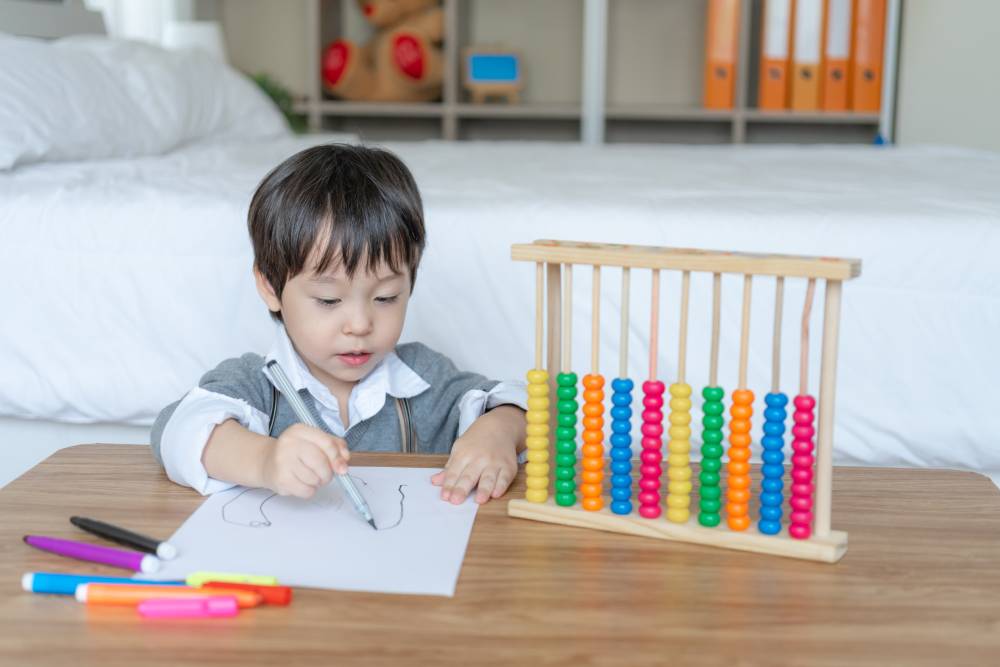Fine motor skills involve the coordination of small muscles in the hands and fingers. These skills play a critical role in daily activities such as writing, buttoning clothes, or using utensils. Developing these abilities in children can sometimes require specialized support, especially if they face challenges. Occupational therapy offers a structured approach to fine motor development in children, ensuring they build the skills needed for independence and success.
What Are Fine Motor Skills?
Fine motor skills enable precise movements necessary for various tasks. These include holding a pencil, tying shoelaces, or cutting with scissors. Children typically develop these skills as they grow, but some may need extra guidance. Delays in fine motor skills can impact a child’s confidence and ability to participate in school or home activities. Recognizing these challenges early and addressing them through therapy for motor skills can significantly help.
The Role of Occupational Therapy in Fine Motor Development
Occupational therapy plays a key role in developing fine motor skills in children. It focuses on enhancing a child’s ability to perform everyday tasks, such as writing, buttoning clothes, and eating. Therapists create individualized plans that target hand strength, dexterity, and coordination, helping children build the skills they need for independence and success.
1. Strengthening Hand Muscles
A solid foundation for fine motor skills starts with improving hand and finger strength. Therapists use fun and engaging exercises like squeezing putty, pinching clothespins, or stacking blocks to strengthen hand muscles. These activities help children develop the grip strength necessary for tasks like holding a pencil or zipping up a jacket. By incorporating playful exercises, therapists ensure that children stay engaged while building important skills.
2. Enhancing Hand-Eye Coordination
Hand-eye coordination is essential for activities like drawing, cutting, and catching objects. Occupational therapy helps children refine these skills through interactive exercises, such as tracing shapes, completing puzzles, or tossing beanbags. These activities align visual input with motor actions, improving both focus and precision. As children practice these tasks regularly, they gain confidence and improve their ability to perform activities in school and at home.
3. Improving Finger Dexterity
Finger dexterity is vital for manipulating objects like buttons, zippers, or small toys. Occupational therapists encourage activities such as playing with clay, building with Legos, or using small manipulatives. These exercises help children refine finger control and increase overall motor proficiency, allowing them to complete tasks with ease and independence.
4. Promoting Bilateral Coordination
Bilateral coordination involves using both hands together for tasks like tying shoes or cutting paper. Occupational therapists incorporate activities like rolling dough, clapping games, or using scissors to strengthen this skill. Strong bilateral coordination enhances efficiency, making everyday tasks more manageable for children.
Sensory Integration and Fine Motor Skills
Many children struggle with sensory processing, affecting their fine motor development. Occupational therapy addresses these sensory needs by incorporating sensory-rich activities. For instance, therapists use textured materials, weighted objects, or vibration tools to stimulate sensory input.
These interventions help children regulate their sensory experiences and focus on improving their fine motor skills effectively.
Benefits of Fine Motor Skill Development
Improving fine motor skills has far-reaching benefits for children. They gain independence in daily tasks, build confidence, and excel academically. Enhanced motor skills also foster creativity through activities like drawing, painting, or crafting.
Occupational therapy ensures children receive the right guidance and support to develop these essential abilities. Moreover, early intervention through therapy for motor skills leads to long-term benefits, enabling children to thrive in various environments.


Involving Parents in the Process
Parents play a crucial role in reinforcing skills learned during therapy sessions. Occupational therapists often provide home-based activities and exercises to support continuous progress. For example, simple activities like playing with playdough, stringing beads, or practicing handwriting at home can complement therapy sessions.
By involving parents, therapists ensure that children receive consistent opportunities to practice and develop their skills.
Conclusion
Fine motor development in children is undoubtedly essential for their growth, independence, and success. Moreover, occupational therapy offers a proven and effective approach to improving these skills through targeted activities and exercises. By focusing on hand strength, coordination, and sensory integration, therapists not only help children overcome challenges but also guide them toward achieving critical milestones.
Furthermore, parents, therapists, and educators must collaborate consistently to support therapy for motor skills. This teamwork ensures children build confidence, master tasks, and prepare for future successes. Ultimately, with the right guidance and consistent support, every child can unlock their potential and thrive in various aspects of life.
